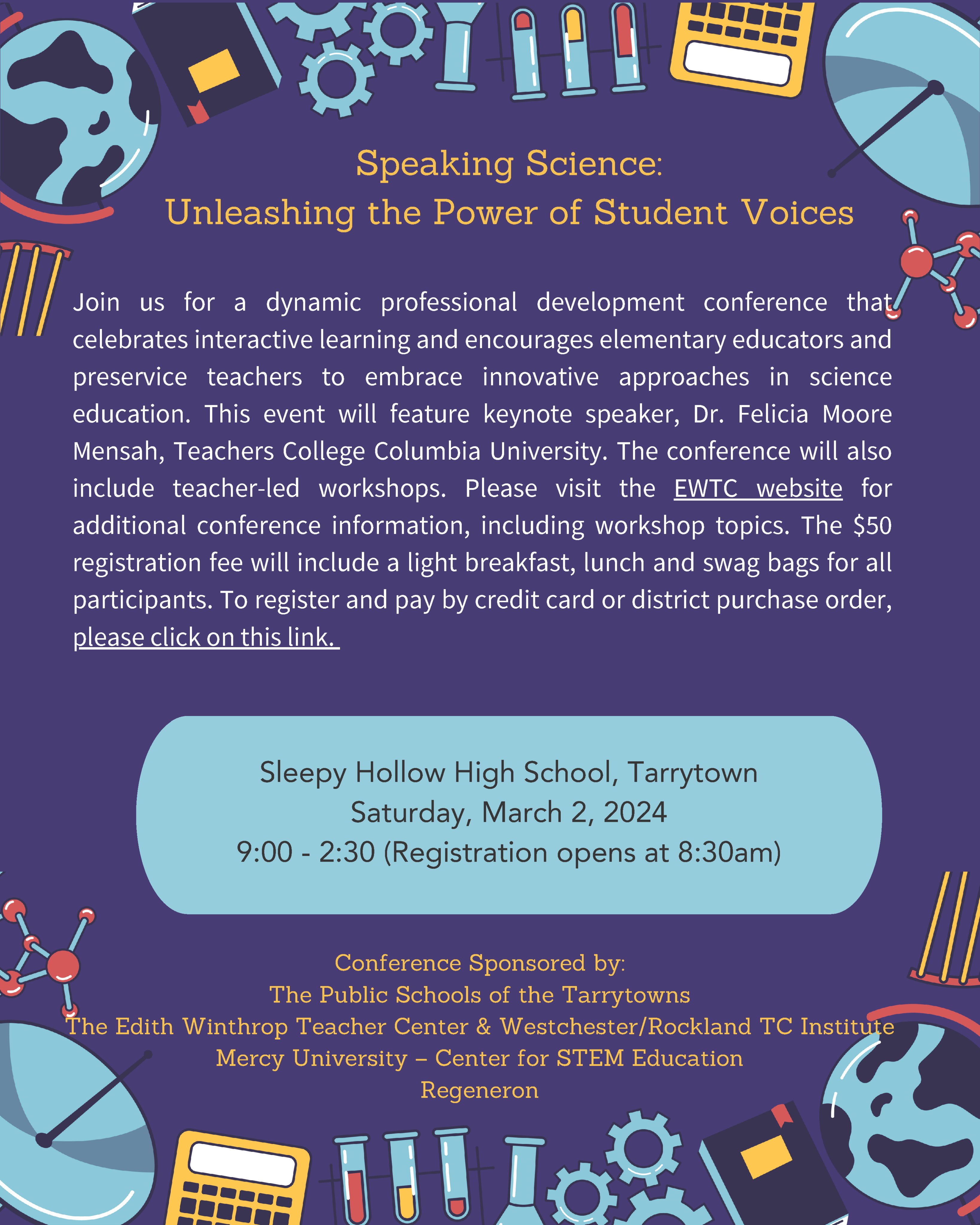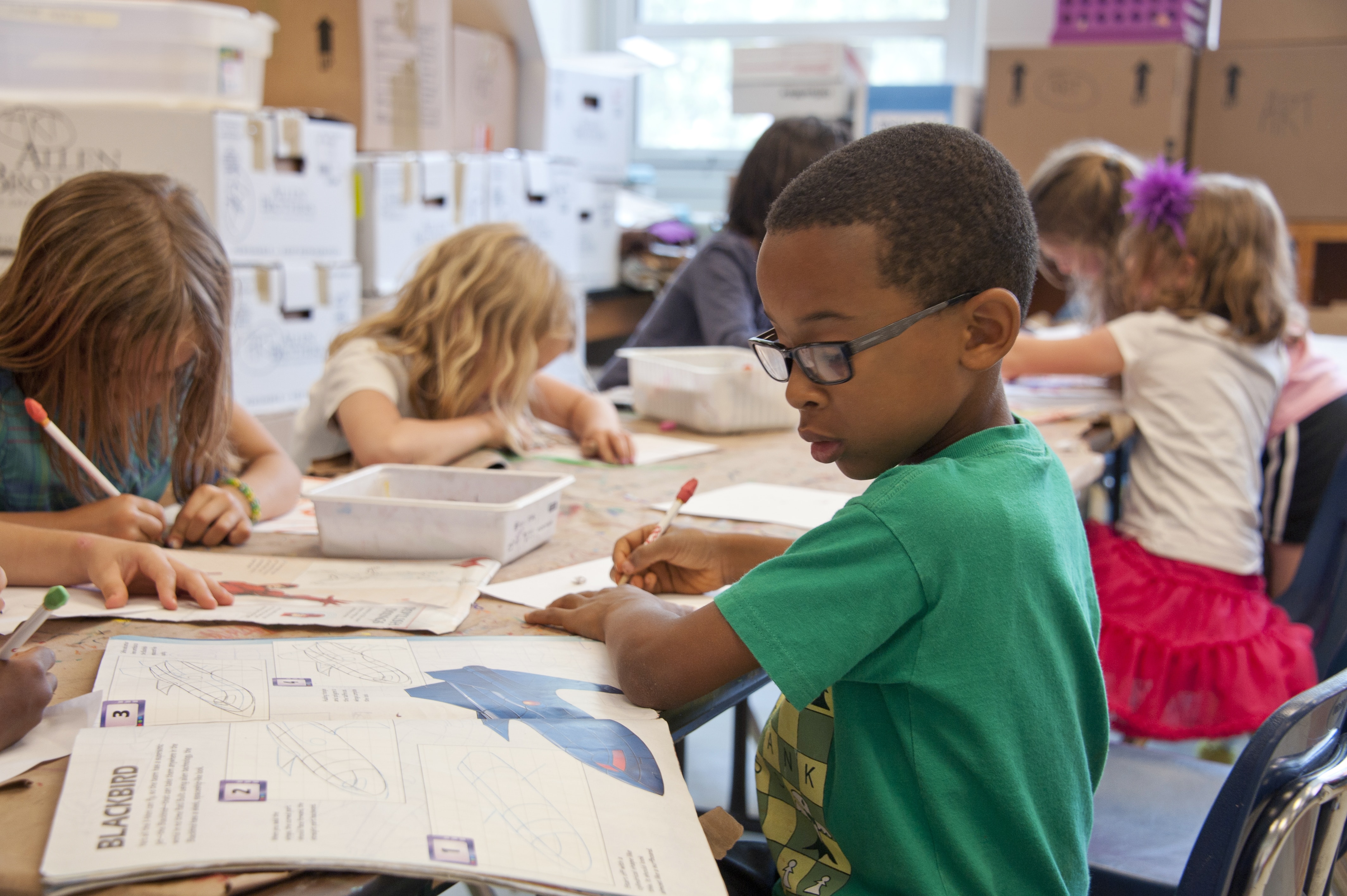The elementary education curriculum is the foundation upon which young learners build their academic and personal growth. It encompasses a wide range of subjects and skills that are essential for children to succeed in school and beyond. In this comprehensive guide, we will explore the core components of an elementary education curriculum, including subject areas, essential skills, innovative approaches, and emerging trends. By understanding the curriculum, educators can effectively support the development of well-rounded and successful students.
Elementary Education Curriculum: A Comprehensive Guide
The elementary education curriculum is like a roadmap that guides young learners on their educational journey. It’s a plan that outlines what students will learn and how they’ll learn it throughout their elementary school years. This curriculum covers a wide range of subjects, from reading and writing to math and science. It also includes important skills like problem-solving, critical thinking, and communication.
- Reading: Learning to read is like unlocking a secret door to a world of knowledge and imagination.
- Writing: Writing is like painting with words, allowing students to express their thoughts and ideas.
- Math: Math is like a puzzle, helping students understand numbers, shapes, and patterns.
- Science: Science is like exploring the world around us, discovering how things work and why they happen.
| Subject | Skills |
|---|---|
| Reading | Comprehension, fluency, vocabulary |
| Writing | Grammar, sentence structure, storytelling |
| Math | Number sense, problem-solving, measurement |
| Science | Inquiry, observation, experimentation |
The elementary education curriculum is more than just a list of subjects. It’s a carefully designed plan that helps students develop important skills and knowledge that will serve them well throughout their lives. By providing a strong foundation in core subjects and essential skills, the elementary education curriculum empowers young learners to become successful students and lifelong learners.

Core Subject Areas
The core subject areas in elementary education are like the building blocks of learning. They provide the foundation for students to develop the knowledge and skills they need to succeed in school and beyond. These core subjects include:
Reading
Reading is like a magic key that unlocks a world of stories, information, and knowledge. It helps students understand the world around them and express their own ideas.
Writing
Writing is like painting with words. It allows students to share their thoughts, feelings, and experiences with others. It also helps them develop their critical thinking and communication skills.
Math
Math is like a puzzle that helps students make sense of the world around them. It teaches them about numbers, shapes, and patterns, and how to use them to solve problems.
Science
Science is like exploring the world around us. It teaches students about the natural world, how it works, and how to protect it.
| Subject | Skills |
|---|---|
| Reading | Comprehension, fluency, vocabulary |
| Writing | Grammar, sentence structure, storytelling |
| Math | Number sense, problem-solving, measurement |
| Science | Inquiry, observation, experimentation |
These core subjects are essential for all students, regardless of their interests or future plans. They provide the foundation for lifelong learning and success.

Essential Skills and Competencies
Essential skills and competencies are like the tools that students need to succeed in school and life. They include things like problem-solving, critical thinking, communication, and collaboration. These skills help students learn new things, understand the world around them, and work well with others.For example, problem-solving skills help students figure out how to solve problems and overcome challenges. Critical thinking skills help them analyze information and make informed decisions. Communication skills help them express their ideas and thoughts clearly. And collaboration skills help them work together effectively with others.
| Skill | Description |
|---|---|
| Problem-solving | Figuring out how to solve problems and overcome challenges |
| Critical thinking | Analyzing information and making informed decisions |
| Communication | Expressing ideas and thoughts clearly |
| Collaboration | Working together effectively with others |
These essential skills and competencies are like building blocks that help students succeed in all areas of their lives. They help them become independent learners, effective communicators, and responsible citizens.Collaborative learning is a great way for students to develop their collaboration skills. It involves working together in small groups to complete tasks and projects. This helps students learn how to share ideas, listen to others, and work together to achieve a common goal.Communication skills are essential for success in school and life. They help students express their ideas and thoughts clearly, both verbally and in writing. Students can develop their communication skills by participating in class discussions, giving presentations, and writing essays and stories.

Innovative Approaches and Trends
Technology in the Classroom
Technology is changing the way we live and learn. And it’s also changing the way we teach in elementary schools.Today, many classrooms are using interactive whiteboards, tablets, and laptops to help students learn. These tools can make learning more engaging and fun. They can also help students learn at their own pace and in their own way.For example, some schools are using coding and robotics programs to teach students about math and science. These programs can help students develop problem-solving skills and learn how to think critically.Other schools are using mindfulness practices to help students focus and reduce stress. Mindfulness can help students learn how to manage their emotions and stay calm in challenging situations.
| Technology | Benefits |
|---|---|
| Interactive whiteboards | Make learning more engaging and fun |
| Tablets and laptops | Help students learn at their own pace |
| Coding and robotics programs | Develop problem-solving skills and critical thinking |
| Mindfulness practices | Help students focus and reduce stress |
Personalized Learning
Personalized learning is an approach to education that focuses on the individual needs of each student. In a personalized learning environment, students learn at their own pace and in their own way.Teachers use a variety of tools and strategies to personalize learning for their students. For example, they may use:* Differentiated instruction: This means tailoring instruction to meet the needs of individual students.* Learning contracts: These are agreements between students and teachers that outline what students will learn and how they will be assessed.* Flexible grouping: This allows students to work with different classmates on different activities, depending on their needs.Personalized learning can help students learn more effectively and efficiently. It can also help them develop a love of learning.
Project-Based Learning
Project-based learning is an approach to education that focuses on hands-on learning. In a project-based learning environment, students work on projects that are meaningful to them.Projects can be on any topic, and they can be designed to meet the needs of individual students. For example, a student who is interested in science might work on a project about the solar system. A student who is interested in art might work on a project about painting or drawing.Project-based learning can help students develop a variety of skills, including:* Problem-solving* Critical thinking* Communication* CollaborationIt can also help students learn how to apply their knowledge to real-world situations.
- Technology is changing the way we learn.
- Personalized learning focuses on the needs of each student.
- Project-based learning is hands-on and meaningful.

Final Thought
The elementary education curriculum is a dynamic and evolving field that plays a vital role in shaping the minds of young learners. By embracing innovative approaches, fostering essential skills, and incorporating emerging trends, educators can create a curriculum that empowers students to thrive in the 21st century and beyond.


